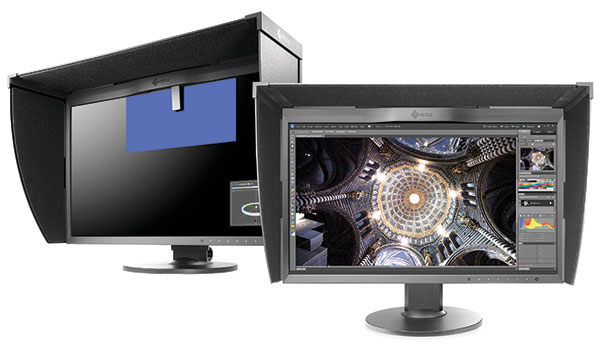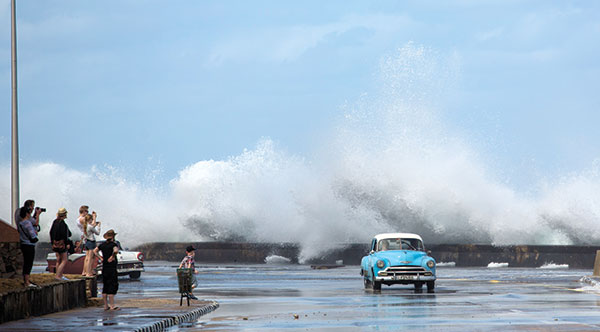True colors
ONE time, I posted a photo of my newly purchased Macbook Pro being calibrated. In the caption I said, “Because even a new Mac needs to be calibrated.” I got some few messages telling me that they thought that when using a Mac, their colors are always correct.
If you’re shooting professionally, getting the right colors from your monitor is imperative in producing the right quality. Calibration is the key in getting true colors from your monitor and not even a Mac is spared from calibration. Although a mac may have its advantages when it comes to color but there’s more to consider when deciding what monitor to use.
Investing on a monitor calibrator is tricky. You know you need it, but you also don’t need it every day. A monitor can start showing difference in color in a month’s time. Some photographers would pool together to divide the cost. The Spyder color calibrator can do a decent job already. The expensive calibrators are the ones from X-Rite.
More than calibration, you need to have the right monitor first.

Unfortunately, not all monitors are created equal. Some are made for gaming, movies and for graphic arts. While the gamers want high refresh rates on their monitor, photographers, on the other hand, are about colors and pixel dimension.
Get the biggest monitor with the highest resolution that you can afford. The bigger, the better. More space means more working area for tools and panels. However, you want to make sure that you have a good resolution to view your image. Know that a 1920×1080 monitor is just two megapixels. Professional cameras can go more than 20 megs.
Recently, 4k monitors are becoming more common and affordable. Some would invest on a 24” 4k monitor and add a cheaper second monitor for tools and panels.
Monitors can be measured in terms of the number of colors it can render. A good monitor can at least cover the sRGB color space. Of course, anything more than that is welcome, but I’m sure the price will follow.
You also want to make sure that you’re getting an IPS or inter-plane switching panel. IPS and PLS technologies allow viewers to see the same color even if you shift from different angles of view. A DVI or thunderbolt connection is highly recommended.
Monitor brands like HP, Dell, Acer and Samsung have models that would fit a photographer’s requirement. So far, Eizo monitors top the line of monitors for photographers, but it also costs a an arm and a leg.
Keep on shooting, everyone!
photomania.sunstar@gmail.com / www.grp.ph




